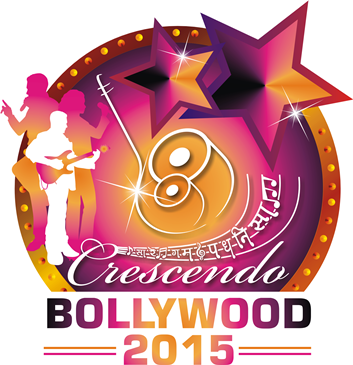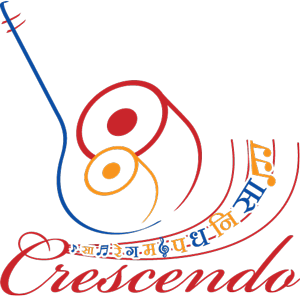There exist two notation systems. One developed by Pt. Paluskar which is a little more elaborate and for the
same reason intricate and difficult to use. And the other developed by Pt. Bhatkhande which is a little easy to use.
Throughout the site, we will be following this system of notation.
Shuddha Swar(Normal Notes) : No symbol for shuddha swar.
Example : Sa, Re, Ga, Ma
Komal Swar (Flat Notes) : Shown by a small horizontal line underneath.
Example : Re, Ga, Dha, Ni
Teevra Swar (Sharp Notes) : That is, Ma shown by a small vertical line on the top.
Mandra Saptak Swar (Lower Octave Note) : Shown by a dot below.
Example : 
Maddhya Saptak : Has no sign.
Example : Pa, Ma
Taar Saptak Swar (Higher Octave Note) : Shown by a dot above.
Example : 
A dash (hiphen "-") : Used for lengthening the note. One dash corresponds to one beat when the playing or
singing with the taal.
Example : Sa - Ni - consists of four beats in all.
Avagraha : Shown by "S". It's used for having pauses in the words.
Example : GoSSSvindaSSS
Chandra : Shown by half moon. Any number of notes can be inside the half moon to indicate that they are to be
rendered in 1 beat.
Example : 
Kan Swar (Grace Note) : Writen above the note to the left top in small letter size.
Example : Sa ReGa
Meend : Continuing sound from one note to the other.
Example : 
Notes in bracket : Equal to a short phrase of three or four. It's sung very fast so that the notes blend
and sound as one note. The order for these notes is, one note after the note in bracket, the note after, the note in
bracket so on.
Example : (Sa)- ReSaNiSa
 |
 |
 |



